-
 Bitcoin
Bitcoin $85,043.0923
2.05% -
 Ethereum
Ethereum $1,916.9980
4.19% -
 Tether USDt
Tether USDt $0.9999
-0.02% -
 XRP
XRP $2.1419
1.40% -
 BNB
BNB $608.9973
0.32% -
 Solana
Solana $127.8767
1.44% -
 USDC
USDC $1.0001
0.01% -
 Dogecoin
Dogecoin $0.1727
3.43% -
 Cardano
Cardano $0.6856
3.97% -
 TRON
TRON $0.2364
-0.88% -
 Toncoin
Toncoin $4.0078
-3.15% -
 Chainlink
Chainlink $14.2723
5.09% -
 UNUS SED LEO
UNUS SED LEO $9.3564
2.38% -
 Stellar
Stellar $0.2765
3.85% -
 Avalanche
Avalanche $19.6442
4.15% -
 Sui
Sui $2.4605
7.28% -
 Shiba Inu
Shiba Inu $0.0...01284
3.00% -
 Hedera
Hedera $0.1720
5.08% -
 Polkadot
Polkadot $4.1968
3.37% -
 Litecoin
Litecoin $84.9851
1.84% -
 MANTRA
MANTRA $6.3344
1.60% -
 Bitcoin Cash
Bitcoin Cash $312.3727
2.87% -
 Bitget Token
Bitget Token $4.5904
2.33% -
 Dai
Dai $0.9999
-0.01% -
 Ethena USDe
Ethena USDe $0.9997
-0.04% -
 Pi
Pi $0.7089
-2.22% -
 Hyperliquid
Hyperliquid $13.4094
0.34% -
 Monero
Monero $218.1692
1.38% -
 Uniswap
Uniswap $6.2665
4.77% -
 Aptos
Aptos $5.4246
1.99%
How to calculate the benefits and costs of mining?
To assess crypto mining profitability, calculate daily revenue from block rewards and fees, then subtract costs like electricity, hardware, and maintenance.
Mar 30, 2025 at 11:00 pm
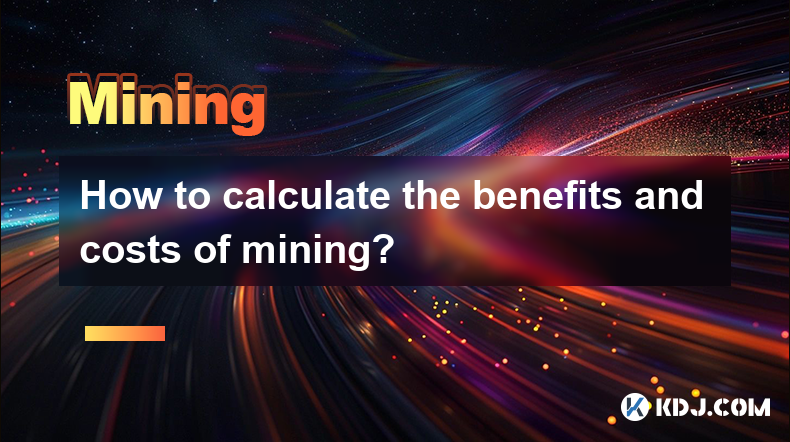
Understanding the Profitability of Cryptocurrency Mining
Mining cryptocurrency involves using powerful computer hardware to solve complex mathematical problems, validating transactions, and adding them to the blockchain. The reward for this work is newly minted cryptocurrency and transaction fees. However, determining profitability requires a careful calculation of both benefits and costs. This article will guide you through the process.
Calculating Revenue: Your Mining Income
Your revenue stream primarily comes from two sources: block rewards and transaction fees.
Block Rewards: This is the predetermined amount of cryptocurrency awarded to the miner who successfully solves a block's cryptographic puzzle first. The amount varies depending on the cryptocurrency and is often adjusted over time through halving events (e.g., Bitcoin). You need to research the current block reward for the specific coin you're mining.
Transaction Fees: Many cryptocurrencies incorporate transaction fees, a small amount paid by users to prioritize their transactions. Miners include these fees in their block reward. The amount varies based on network congestion and user demand. It's difficult to predict precisely, but you can monitor average transaction fees on relevant blockchain explorers.
Calculating Costs: The Expenses of Mining
Mining is resource-intensive, involving significant upfront and ongoing costs. These costs need to be meticulously tracked to assess profitability.
Hardware Costs: This includes the purchase price of ASIC miners (for Bitcoin and similar coins) or GPUs (for other cryptocurrencies), power supplies, and any cooling systems. Consider depreciation as these machines have a limited lifespan.
Electricity Costs: This is often the most significant ongoing expense. Electricity consumption varies greatly depending on the mining hardware and its efficiency. You need to know your electricity price per kilowatt-hour (kWh) and your miner's power consumption (Watts).
Internet Costs: A stable and high-speed internet connection is crucial for mining. Factor in the monthly cost of your internet service.
Cooling Costs: Mining hardware generates significant heat. Effective cooling is essential to prevent damage and maintain optimal performance. This might include the cost of air conditioning, fans, or specialized cooling solutions.
Maintenance Costs: Hardware can malfunction, requiring repairs or replacements. Budget for potential maintenance and repair expenses.
Software Costs: Some mining software might require a license fee or subscription. Factor this into your overall cost calculation.
The Calculation: Putting it All Together
Calculating profitability involves comparing your revenue (block rewards + transaction fees) against your costs (hardware, electricity, internet, cooling, maintenance, software). Here's a simplified approach:
Step 1: Determine your daily revenue. This requires estimating your daily block reward and transaction fees based on your hash rate and network difficulty.
Step 2: Calculate your daily operating costs. This includes daily electricity consumption multiplied by your electricity price, plus any other daily costs (e.g., a portion of your yearly internet cost).
Step 3: Subtract your daily operating costs from your daily revenue. The result is your daily profit (or loss).
Step 4: Annualize your profit (or loss). Multiply your daily profit (or loss) by 365.
Step 5: Consider hardware depreciation. Spread the initial cost of your mining hardware over its expected lifespan and deduct this depreciation from your annual profit.
Remember, the difficulty of mining changes over time, affecting your profitability. Network difficulty increases as more miners join, making it harder to solve blocks and reducing individual rewards.
Factors Affecting Profitability: Beyond the Basics
Several factors beyond the core cost-revenue calculation influence mining profitability.
Hash Rate: Your mining hardware's hash rate directly impacts your chances of solving a block and earning a reward. A higher hash rate generally translates to more rewards.
Network Difficulty: As mentioned, this metric measures how difficult it is to mine a block. A higher difficulty reduces your chances of success.
Cryptocurrency Price: The price of the cryptocurrency you're mining directly affects your revenue. A price increase boosts your profits, while a price drop diminishes them.
Pool Fees: If you're mining in a pool, a portion of your earnings will go to the pool operator as a fee.
Regulatory Changes: Government regulations can significantly impact the mining landscape, affecting profitability.
Common Questions and Answers
Q: How do I calculate my daily electricity cost for mining?
A: Multiply your miner's power consumption (in Watts) by the number of hours it runs per day, then divide by 1000 to get kilowatt-hours (kWh). Finally, multiply the kWh by your electricity price per kWh.
Q: What is network difficulty, and why is it important?
A: Network difficulty is a measure of how hard it is to solve a block and earn a reward. Higher difficulty means less chance of success for individual miners.
Q: How do I account for hardware depreciation when calculating profitability?
A: Estimate the lifespan of your mining hardware and divide its initial cost by the number of years (or months) it's expected to last. This gives you an annual (or monthly) depreciation cost to deduct from your profits.
Q: Should I mine solo or join a mining pool?
A: Solo mining offers the potential for larger rewards but is riskier due to the uncertainty of finding blocks. Mining pools offer more consistent, albeit smaller, rewards. The best choice depends on your resources and risk tolerance.
Q: How often should I recalculate my mining profitability?
A: Given the fluctuating nature of cryptocurrency prices, electricity costs, and network difficulty, it's advisable to recalculate your profitability at least monthly, or even weekly, for a more accurate assessment.
Disclaimer:info@kdj.com
The information provided is not trading advice. kdj.com does not assume any responsibility for any investments made based on the information provided in this article. Cryptocurrencies are highly volatile and it is highly recommended that you invest with caution after thorough research!
If you believe that the content used on this website infringes your copyright, please contact us immediately (info@kdj.com) and we will delete it promptly.
- Meme Coins Have Evolved into Some of the Most Sought-After Investments
- 2025-04-02 01:25:12
- In the Dynamic Realm of Cryptocurrency Investments: The Ethereum (ETH) vs. XRP Dilemma
- 2025-04-02 01:25:12
- Monero (XMR) Loses Its Grip as Liquidity and Accessibility Challenges Drive Darknet Markets Back to Bitcoin (BTC)
- 2025-04-02 01:20:12
- Solana Meme Coins Hit the Headlines as FARTCOIN, MEW, and Ai16z Pump
- 2025-04-02 01:20:12
- Panshibi ($SHIBI) Could Be the Next Big Meme Coin, Outperforming Shiba Inu (SHIB) and Dogecoin (DOGE)
- 2025-04-02 01:15:12
- Despite Market Uncertainty, Dogecoin (DOGE) Appears to Be Struggling to Gain Momentum
- 2025-04-02 01:15:12
Related knowledge
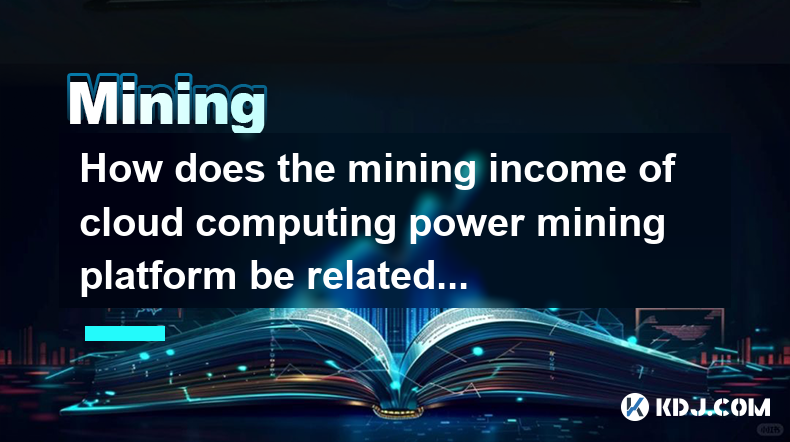
How does the mining income of cloud computing power mining platform be related to mining pool allocation?
Apr 02,2025 at 01:56am
The relationship between the mining income of a cloud computing power mining platform and the allocation of mining pools is a crucial aspect of cryptocurrency mining. Mining income is influenced by various factors such as the efficiency of the mining hardware, electricity costs, and the specific cryptocurrency being mined. However, the allocation of min...
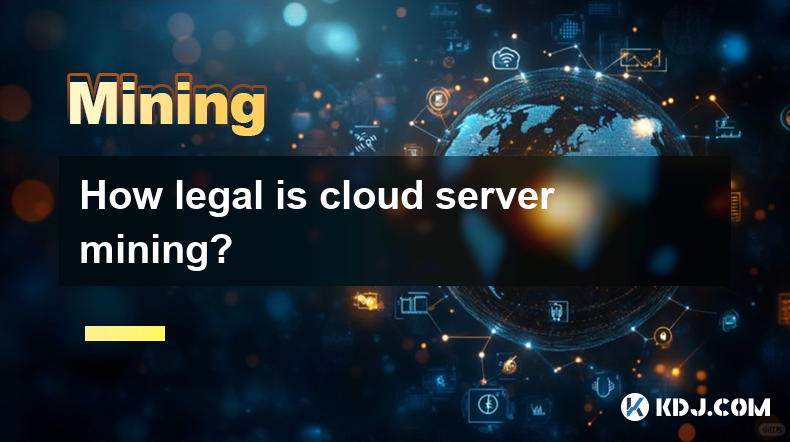
How legal is cloud server mining?
Apr 01,2025 at 08:08am
Cloud server mining has become an increasingly popular method for individuals and companies to participate in cryptocurrency mining without the need for expensive hardware and high electricity costs. However, the legality of cloud server mining can be a complex issue, as it varies by jurisdiction and depends on several factors. This article will explore...
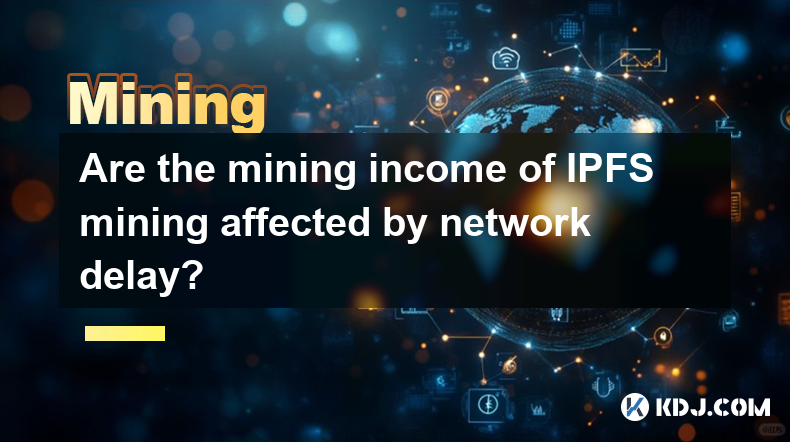
Are the mining income of IPFS mining affected by network delay?
Apr 01,2025 at 09:36pm
Are the Mining Incomes of IPFS Mining Affected by Network Delay? Understanding IPFS Mining and Network Delay's ImpactIPFS (InterPlanetary File System) mining, unlike Bitcoin mining, doesn't involve solving complex cryptographic puzzles. Instead, it focuses on providing storage and bandwidth to the network. Miners earn rewards for storing and sharing dat...
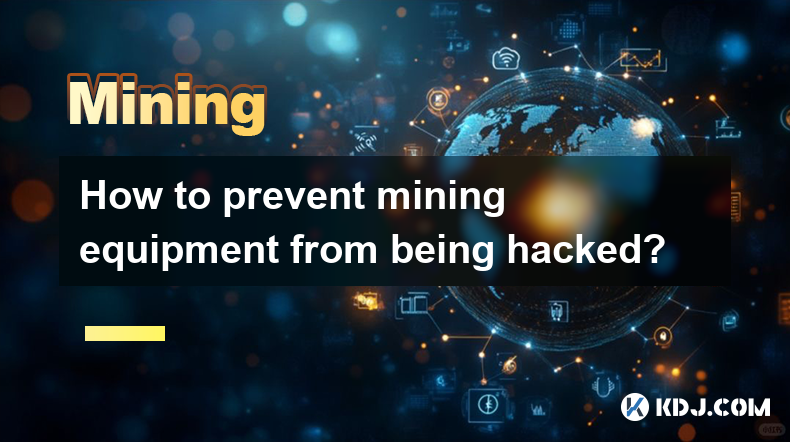
How to prevent mining equipment from being hacked?
Apr 01,2025 at 06:22am
Understanding the ThreatsCryptocurrency mining, while potentially lucrative, exposes your equipment to various cyber threats. These threats range from simple malware infections that steal your mining profits to sophisticated attacks that hijack your entire operation. Understanding these threats is the first step in effective protection. This includes r...
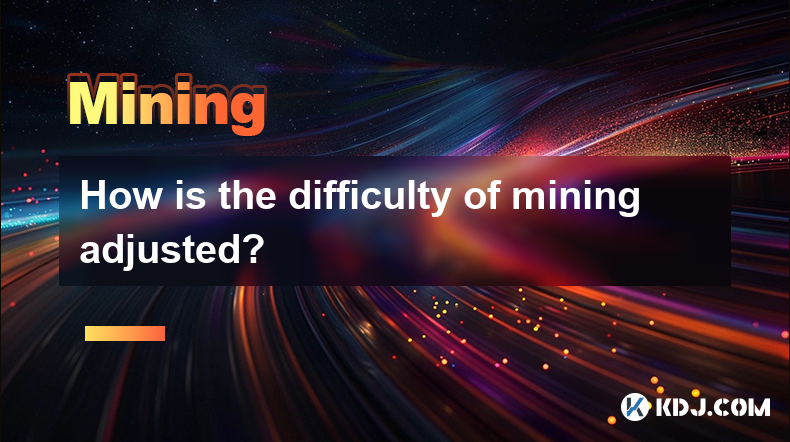
How is the difficulty of mining adjusted?
Apr 01,2025 at 07:14am
Understanding Bitcoin's Difficulty Adjustment MechanismBitcoin's mining difficulty is a crucial element ensuring the network's stability and security. It dynamically adjusts to maintain a consistent block generation time, approximately every 10 minutes. This adjustment prevents miners with overwhelming computing power from monopolizing block creation a...

How to purchase mining equipment for FIL mining?
Apr 01,2025 at 09:49pm
Understanding FIL Mining Hardware RequirementsFilecoin (FIL) mining, unlike Bitcoin mining, doesn't rely on ASICs (Application-Specific Integrated Circuits). Instead, it utilizes storage-based mining, requiring powerful storage hardware and a robust network connection. This means you'll need to invest in storage servers, often referred to as storage no...

How does the mining income of cloud computing power mining platform be related to mining pool allocation?
Apr 02,2025 at 01:56am
The relationship between the mining income of a cloud computing power mining platform and the allocation of mining pools is a crucial aspect of cryptocurrency mining. Mining income is influenced by various factors such as the efficiency of the mining hardware, electricity costs, and the specific cryptocurrency being mined. However, the allocation of min...

How legal is cloud server mining?
Apr 01,2025 at 08:08am
Cloud server mining has become an increasingly popular method for individuals and companies to participate in cryptocurrency mining without the need for expensive hardware and high electricity costs. However, the legality of cloud server mining can be a complex issue, as it varies by jurisdiction and depends on several factors. This article will explore...

Are the mining income of IPFS mining affected by network delay?
Apr 01,2025 at 09:36pm
Are the Mining Incomes of IPFS Mining Affected by Network Delay? Understanding IPFS Mining and Network Delay's ImpactIPFS (InterPlanetary File System) mining, unlike Bitcoin mining, doesn't involve solving complex cryptographic puzzles. Instead, it focuses on providing storage and bandwidth to the network. Miners earn rewards for storing and sharing dat...

How to prevent mining equipment from being hacked?
Apr 01,2025 at 06:22am
Understanding the ThreatsCryptocurrency mining, while potentially lucrative, exposes your equipment to various cyber threats. These threats range from simple malware infections that steal your mining profits to sophisticated attacks that hijack your entire operation. Understanding these threats is the first step in effective protection. This includes r...

How is the difficulty of mining adjusted?
Apr 01,2025 at 07:14am
Understanding Bitcoin's Difficulty Adjustment MechanismBitcoin's mining difficulty is a crucial element ensuring the network's stability and security. It dynamically adjusts to maintain a consistent block generation time, approximately every 10 minutes. This adjustment prevents miners with overwhelming computing power from monopolizing block creation a...

How to purchase mining equipment for FIL mining?
Apr 01,2025 at 09:49pm
Understanding FIL Mining Hardware RequirementsFilecoin (FIL) mining, unlike Bitcoin mining, doesn't rely on ASICs (Application-Specific Integrated Circuits). Instead, it utilizes storage-based mining, requiring powerful storage hardware and a robust network connection. This means you'll need to invest in storage servers, often referred to as storage no...
See all articles























































































